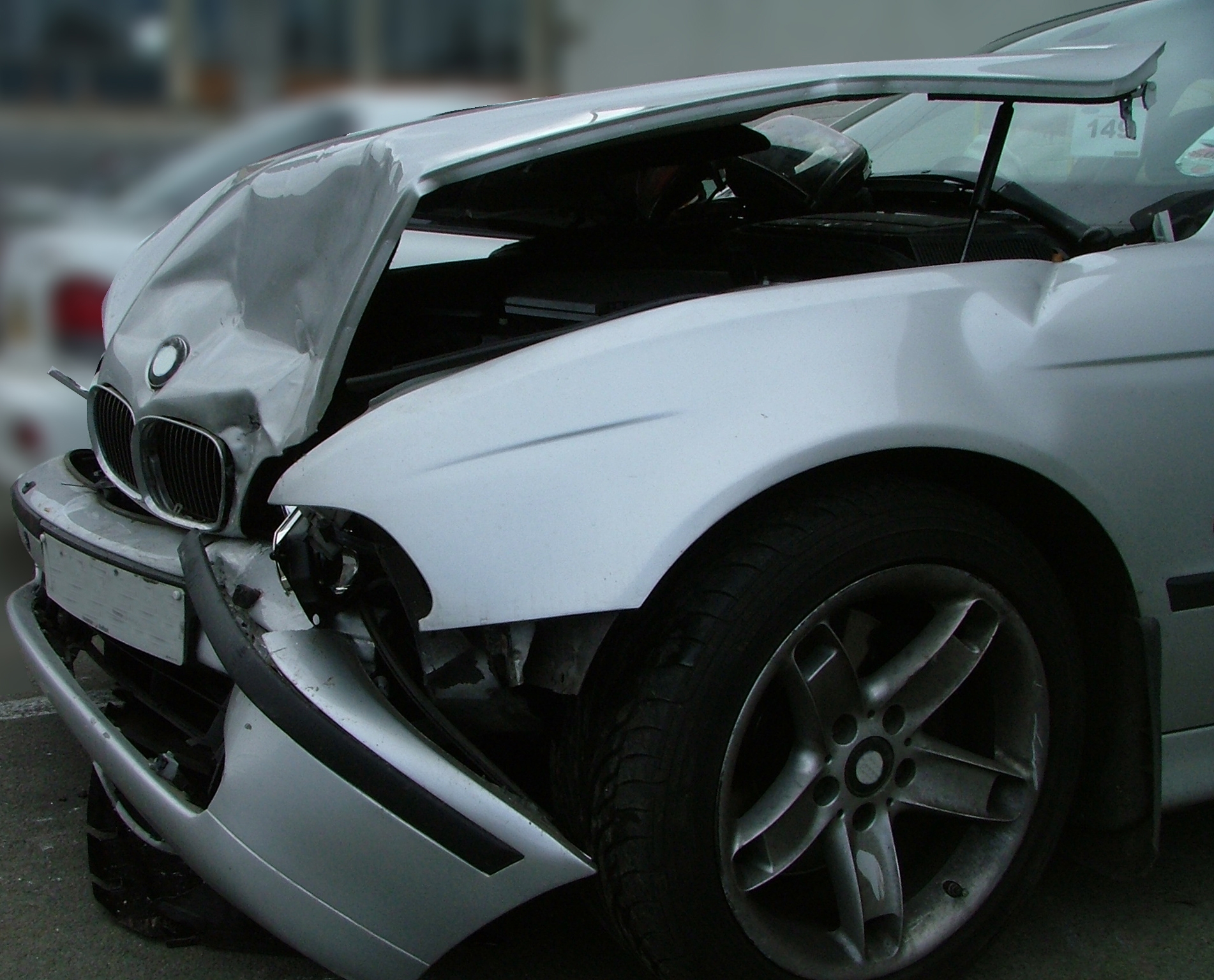Rear end bumps account for one in four of all road accidents and the proportion is increasing year-on-year, according to recent statistics.
The cost of whiplash, the most common injury in rear-end shunts, was estimated to be £1.9 billion in 2010 in the UK and accounted for 75% of all road accident injury claims. Insurers are agreed that aggressive driving and driving too close to the vehicle in front is a major cause, but the Insurance Fraud Bureau (IFB) has evidence suggesting that rear-end bump insurance fraud is a serious and increasing problem on Britain’s roads.
We’ve written about this topic before (‘almost 10% of the UK population would consider a crash for cash scam‘) but there seems to be no end in sight to this blight to ordinary motorists.
The fraudsters behind cash-for-crash may target cars or commercial motor vehicles. They commonly operate in the vicinity of busy roundabouts, junctions, on slip roads and in slow moving traffic but they can be anywhere. When the fraudster suddenly and unexpectedly applies the brakes, the driver in the vehicle following the fraudster will not have sufficient time to react and they will crash into the rear of the fraudster’s vehicle. Stage one of the cash-for-crash scam has taken place – now the fraudsters will put the wheels in motion to go for the cash.
The fraudsters will make a claim against the innocent driver and ultimately their insurance company, usually through third party professionals (e.g. solicitors and claims management companies), some of whom are unwittingly brought into the scam. The claims can include:
• compensation for fictitious personal injuries, to include claims from individuals who were not even in the fraudster’s vehicle at the time of the accident;
• the cost of recovering the fraudster’s vehicle from the scene of the accident, even though it was actually driven away after the collision;
• the cost of repairing the fraudster’s vehicle, to include fictitious damage and damage that was already present on their vehicle from previous cash for crash activity;
• loss of earnings for the driver and the occupants of the fraudster’s vehicle;
• the cost of hiring an alternative vehicle until the fraudster’s vehicle has been repaired, despite them driving their vehicle following the accident or having access to others.
The insurance industry is very active in targeting those behind such cash-for-crash activities and the Government is looking at this area of insurance legislation.
The fraudsters can net up to £30,000 and more in certain circumstances, with the average claim costing £17,000 with whiplash injury claims – a pain in the neck and the wallet for motorists.
Recommended Advice
The IFB advises motorists to be careful to maintain distance behind other vehicles and they offer advice that you become very aware and concerned to record all detail and driver and vehicle documentation, if you are involved in a rear-end bump. The Ministry of Justice is looking into measures to try and alleviate the problem of crash for cash scams as we have mentioned previously. Hopefully some progress can be made within the industry to eradicate this costly problem.
If you want to find out more or need advice about insurance matters, contact one of the team who will be happy to help.
